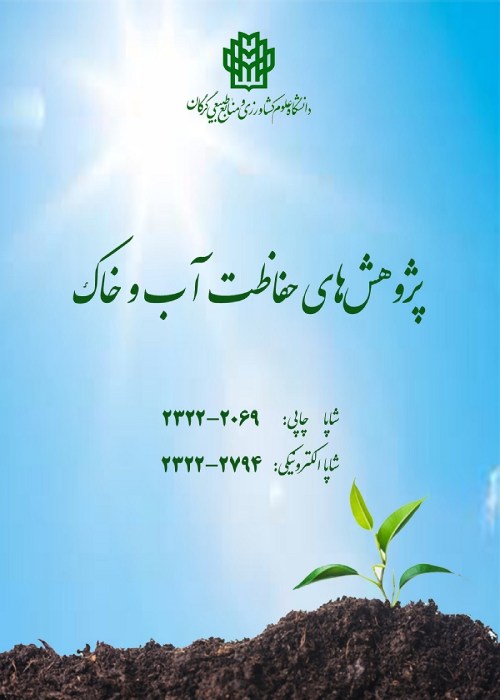Evaluation of quantitative, qualitative yield and water productivity of two Amarantuse cultivars under different irrigation regimes
Amarantuse farming is a way to increase biodiversity. It has high photosynthetic efficiency and is resistant to drought conditions, so it is suitable for cultivation in arid regions and reducing irrigation costs. The desirable agronomic traits (high vegetative growth rate in hot months of the year, drought tolerance and water productivity) and its qualitative (high levels of protein in seed and forage) make this plant a valuable forage plant.
This experiment was conducted to investigate the quantitative and qualitative yield and water use of forage amarantuse in Golestan province. The experiment was conducted as split plot in a randomized complete block design with three replications. The amount of water consumed (including full irrigation, 75%, 50% and 25% of total irrigation) were in the main plots and the amarantuse varieties (including two cultivars Cim and Loura) were sub-plots..
Analysis of variance showed that the simple effect of cultivar and the simple effect of irrigation on plant height, fresh forage weight, fresh and dry stem weight, total dry matter weight, water productivity (based on forage fresh weight yield), insoluble fiber yield were significant. The effect of irrigation on all studied traits was significant at 1% level and two traits of protein yield and water productivity (based on dry matter) were only affected by irrigation regime. Interaction effects of cultivar irrigation on leaf traits, fresh and dry weight of leaves, leaf to stem ratio, insoluble fiber (NDF), percentage of crude fat, lignin, calcium and phosphorus were significant. Results of mean comparison showed that dry matter yield in Cim (6 ton / ha-1) was higher than Loura (5.5 ton / ha-1). The highest water productivity based on fresh and dry weight was 17.1 and 2.2 kg / m-3, respectively, with 75% of total irrigation. The highest protein yield was obtained in the complete irrigation treatment, and by reducing the amount of irrigation by 25%, the total amount of protein decreased. The highest and the lowest protein content in irrigation treatments were 947 and 433 kg ha-1, respectively.
According to the results of this study, Cim was superior to Loura for most of the agronomic and qualitative traits of forage, so that in terms of leaf and stem weight, leaf to stem ratio, phosphorus and especially water productivity. Repeating these results in similar experiments and considering the results, it is advisable to obtain high quality forage Cim in Gorgan climate conditions and to save water (increase productivity), Irrigation can be adjusted to 75% of the water requirement.
- حق عضویت دریافتی صرف حمایت از نشریات عضو و نگهداری، تکمیل و توسعه مگیران میشود.
- پرداخت حق اشتراک و دانلود مقالات اجازه بازنشر آن در سایر رسانههای چاپی و دیجیتال را به کاربر نمیدهد.



